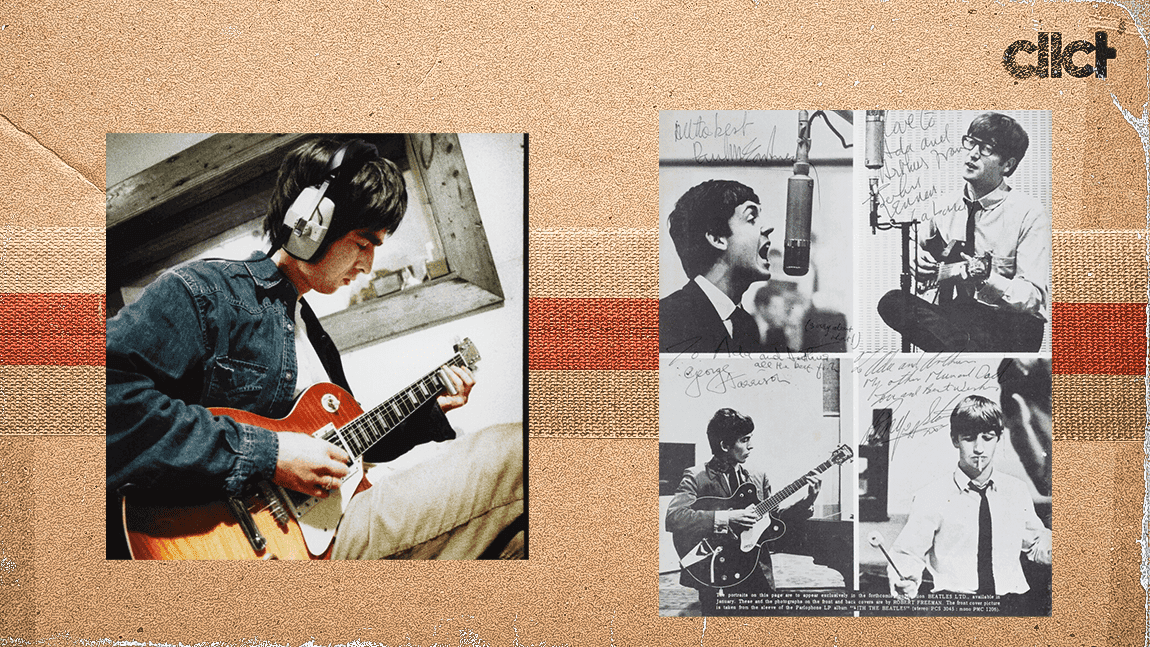Despite its founding in 1744 and its longstanding reputation as a hub for the extraordinarily wealthy to buy and sell art, Sotheby’s has shown willingness to adapt to changing times — and buyer demographics.
Much of the centuries-old auction house’s willingness to embrace new categories and generations has been seen in the recent rise and success of its sports division, which has set multiple world records for memorabilia sales — including Michael Jordan’s “Last Dance” jersey for $10.1 million in 2022 — and secured an unprecedented partnership with the NBA allowing it to become the official game-worn source of the league.
According to data provided to cllct in March, the Streetwear and Modern Collectibles division, which oversees sports memorabilia and other categories, saw more than 50% of its bidders come to the auction house for the first time in 2023. Of bidders from last year, nearly half were Millennials and Gen-Z.
This recognition of a new and increasingly wealthy customer base has led to rapid success on the sports side of things, and, potentially, informed the auction house’s decision to bring back its Pop Culture division in full-force this fall.
Sotheby’s inaugural Popular Culture Long Online Auction is headlined by three guitars from Oasis’ Noel Gallagher, which, considering the timing of the band’s reunion, announced last week, seems too good to be true.
But Katherine Schofield, head of popular culture at Sotheby’s, swears it’s just a lucky beat.
“I thought, well, there is a 30th anniversary mini release,” Schofield said, describing the decision to time the guitar’s auction along with the anniversary of the band’s debut album. “We were working toward the assumption that something would happen, but not quite at this level.”
The upcoming auction of the Oasis guitars, accompanied by a guitar played by Prince and a piano from Abbey Road Studios, is just the beginning for the new department.
Schofield, who has worked in pop culture departments across the industry for two decades, sees massive opportunity to leverage Sotheby’s brand and reach to bring the most desirable pieces from the category to the auction block.
“It's not just about those high-hitting, blue-chip names in the art world. It's about cultural pieces,” Schofield said. “It's the cultural stories.”
Noting the particular opportunity to showcase an auction of British-related music memorabilia in their London location, Schofield described setting up an exhibition in London that connects with people in a new way, as opposed to the less geographically-oriented nature of some works of art traditionally handled by the auction house.
Though unable to share demographic data, Schofield pointed to the “ever-changing” elements of pop culture and its overlap with the shifting tides among collector preferences which will fuel the future of the category.
“What we find with pop culture is its emotive, and it reminds people of certain periods of their life,” said Schofield, explaining the depth of the emotional connection found in the demand for the items. “So, you know, it becomes that's where they go the extra mile in terms of bidding.”
Schofield even hinted at expanding the category as far as into spaces like video games — anything that encompasses pop culture.
For now, with its focus on music and film memorabilia, the sales represent an opportunity for bidders to connect back to their youth, whether that involved listening to Oasis or the Beatles.
As for the challenges one would imagine a new upstart category would face within the confines of such an establishment name in the industry, Schofield brushed it off, saying that the success of past auctions, like a Freddie Mercury sale which brought in millions for autograph draft lyric manuscripts and the musician’s personally-owned piano, has allowed a wider berth to explore more sales in the category.
Times also clearly have shifted in favor of categories such as popular culture being able to sustain standalone departments, with increased interest in comparatively modern pieces — Schofield recalls some questioning why one would offer anything related to Coldplay a few years ago — helping to drive the diversity of offerings in the future.
Plenty of other houses, such as Julien’s in California, have had great success over the years with exclusively pop culture-centered items, but its the Sotheby’s brand which Schofield believes will allow the new department to bring things up a new level.
“A lot of people want to be associated with Sotheby's, and to have their name or their brand with us,” Schofield said. ”We get people coming to us with ideas of their own — not just us pitching them, and it's really exciting.”
Will Stern is a reporter and editor for cllct.

